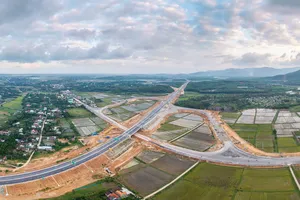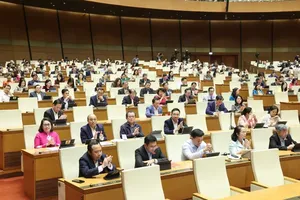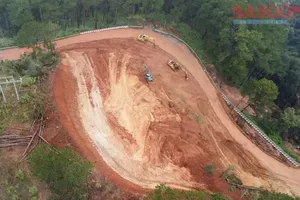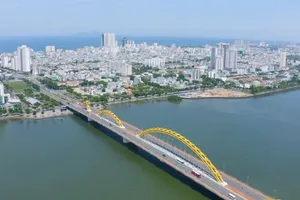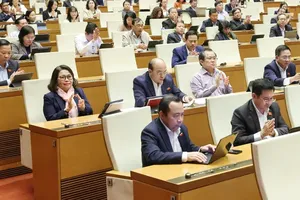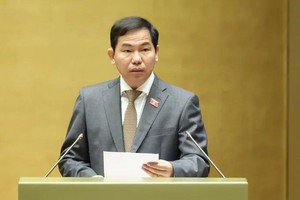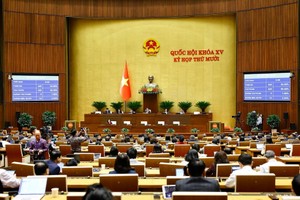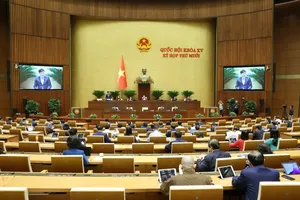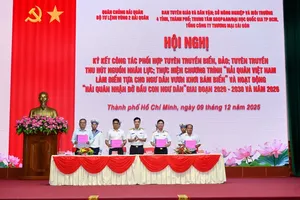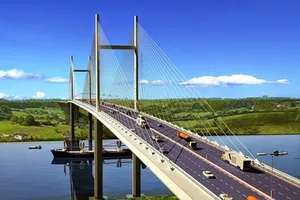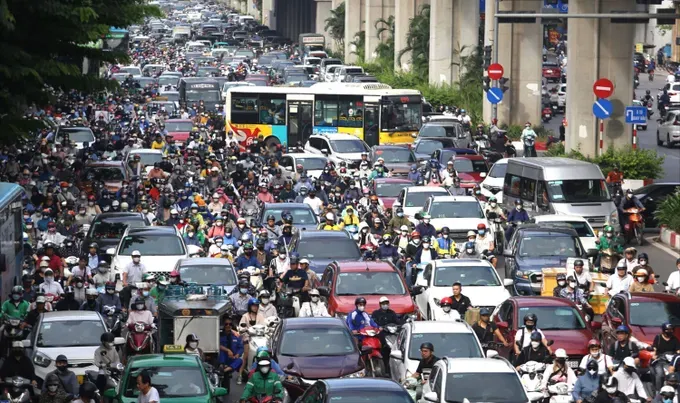
The Ministry of Agriculture and Environment is currently consulting on the draft roadmap for the nationwide application of national technical regulations on emissions for passenger cars and motorcycles. This marks the first instance of a proposed unified system of emission standards for all motor vehicles across Vietnam, with Hanoi and HCMC designated as pioneering implementers.
Accordingly, from January 1, 2027, Hanoi and HCMC will enforce new emission standards for motorcycles, scooters, and mopeds already in circulation. Other major cities, including Hai Phong, Da Nang, Can Tho, and Hue, are slated to follow suit a year later, commencing January 1, 2028. The remaining provinces and cities throughout the country are expected to adopt these standards from 2030, although they retain the option to implement them sooner.
A significant stipulation is that from 2032 onwards, all motorcycles, scooters, and mopeds operating within Hanoi and HCMC, irrespective of their manufacturing year, must comply with a minimum emission level of 2. Vehicles failing to meet these requirements will face mandatory upgrades or be removed from circulation.
The framework for inspection and supervision will involve multiple ministries and sectors. The Ministry of Construction will spearhead emission testing and technical safety certifications. The Ministry of Science and Technology is tasked with reviewing measurement standards and inspection apparatus. Meanwhile, the Ministry of Public Security, in conjunction with local authorities, will be responsible for enforcement and penalizing violations.
The draft also advocates for the development of new national emission standards to supersede the existing TCVN 6438:2018. The current standard is considered less stringent than those in regional counterparts like Thailand and Singapore. The absence of a clear mechanism for phasing out older, high-emission vehicles is also identified as a critical deficiency requiring urgent attention.
Statistics reveal a staggering vehicle population in Vietnam’s major cities. Hanoi is home to over 8 million vehicles, with motorbikes and scooters constituting 6.9 million of this figure. Similarly, HCMC’s motor vehicle count surpasses 9 million, with motorcycles and scooters accounting for over 90 percent. This immense volume places considerable strain on transportation infrastructure and significantly impacts air quality. In urban environments, these vehicles are major contributors to air pollution, particularly concerning fine particulate matter (PM2.5).
Numerous studies indicate that transportation is responsible for 20 percent to 70 percent of emissions that degrade air quality. Consequently, the introduction of a new emissions roadmap is anticipated to enhance air quality and foster a green transition within the transport sector.
However, experts advise a carefully phased implementation, ensuring the development of public transport infrastructure to prevent undue disruption to citizens and enterprises. The proposed five-tier emission classification system for automobiles, a first for Vietnam, has also raised considerable anxiety among the public regarding the draft regulations on standards and emission testing for cars.
Most are worried about the cost to upgrade and maintain the emission system of an older vehicle would place a significant burden on the owner’s budget. Many citizens echo this sentiment, emphasizing the need for a pragmatic timeline for emission controls and a thorough assessment of socio-economic repercussions prior to enactment, along with stringent oversight of vehicle inspection centers and fuel providers to guarantee accuracy, fairness, and the effective reduction of emissions.
Dr Nguyen Xuan Thuy, a transport expert, cautioned that meticulous consideration must be given to the differential application of emission standards across localities. He warned that this could potentially lead to vehicle owners registering their vehicles in neighboring regions with looser standards while continuing to operate them in Hanoi and HCMC.
Transport businesses agree on emission controls despite financial pressure from new standards. Operators in Hanoi and HCMC are preparing for inspections, anticipating significant upgrade costs for older vehicles, potentially straining large fleets.
Chairman Nguyen Van Quyen of the Vietnam Automobile Transportation Association (VATA) endorses prompt emission controls. He advises transport enterprises to proactively develop long-term strategies for fleet modernization, including replacing outdated vehicles, adopting fuel-efficient technologies, and implementing intelligent fleet management to optimize fuel use and reduce costs. While new standards pose short-term challenges, they are vital for the industry’s sustainable development, diminishing pollution, and boosting international competitiveness.
Regarding automobiles, the draft proposes that vehicles manufactured from 2017 onwards must achieve emission level 4 in Hanoi and HCMC, effective January 1, 2026. Other localities will only require level 3 compliance. Vehicles manufactured from 2022 will be mandated to meet level 4 nationwide from 2026, with a stricter requirement for Hanoi and HCMC to attain level 5 (the highest tier) by 2027.

